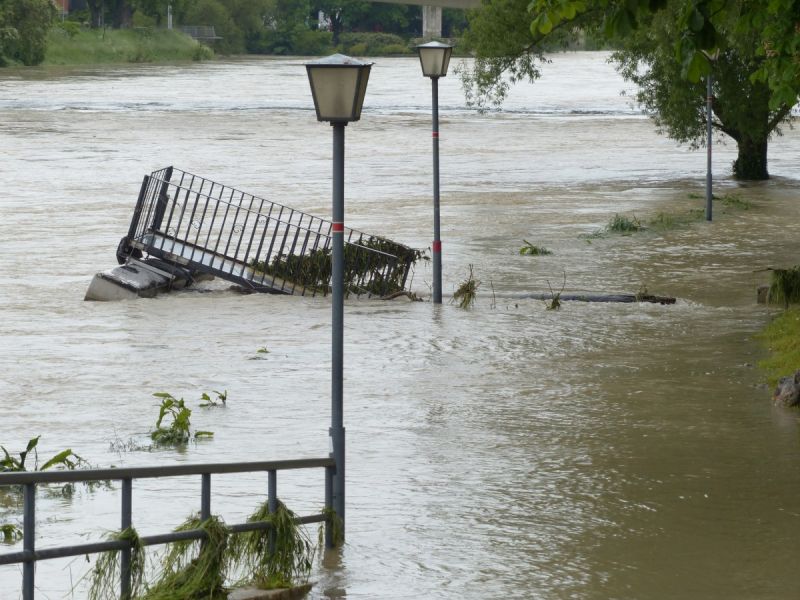Sea Level Rise Will Inundate Coastal Sewage Plants, Study Says
Published on by Water Network Research, Official research team of The Water Network in Academic
Using a national database of wastewater treatment facilities, the researchers looked at the number of plants that would be underwater or compromised at various levels of sea rise, including the 1.5 million impacted by a 1-foot rise.
“We found that almost all coastal cities in the U.S. will experience some impact if no action is taken to protect them,” environmental engineer and lead researcher Michelle Hummel told Eos.

Source: PxHere
The number of Americans impacted would increase considerably as sea levels rise. Hummel noted that at a 3-foot rise, 8.4 million would lose wastewater treatment services. At 6 feet, the number jumps to 27.8 million.
While permanent inundation is still a few years away, increased storm surge amid rising seas is creating an increased number of temporary but challenging problems for coastal communities. During Hurricane Harvey, some 40 wastewater treatment centers in the Houston area were shut down, while 10 billion gallons of sewage were dumped into New York City's East River, Hudson River and New York Harbor during Superstorm Sandy in 2012.
The researchers note that identifying critical infrastructure components exposed to sea level rise is "an important first step in developing targeted investment in protective actions and enhancing the overall resilience of coastal communities."
Rising seas will inundate dozens of coastal wastewater treatment centers, leaving an estimated 1.5 million Americans without service by 2030 when levels are expected to rise at least a foot, a new study says.
According to a study by the University of California, Berkeley, published Monday in the journal AGU, researchers say the study shows the "widespread exposure of wastewater infrastructure in the U.S."
The study highlights the notion that sea level rise will have a far greater impact on Americans through compromised infrastructure than through direct flooding.
Wastewater treatment facilities are particularly vulnerable because they are typically located at low elevations near the coastlines to minimize the cost of collecting water and discharging treated water.
Source: Weather Underground
Media
Taxonomy
- Sewage Treatment
- Wastewater Treatment
- Flood Management
- Sewage
- Flood management
- Flood prediction
- flood protection